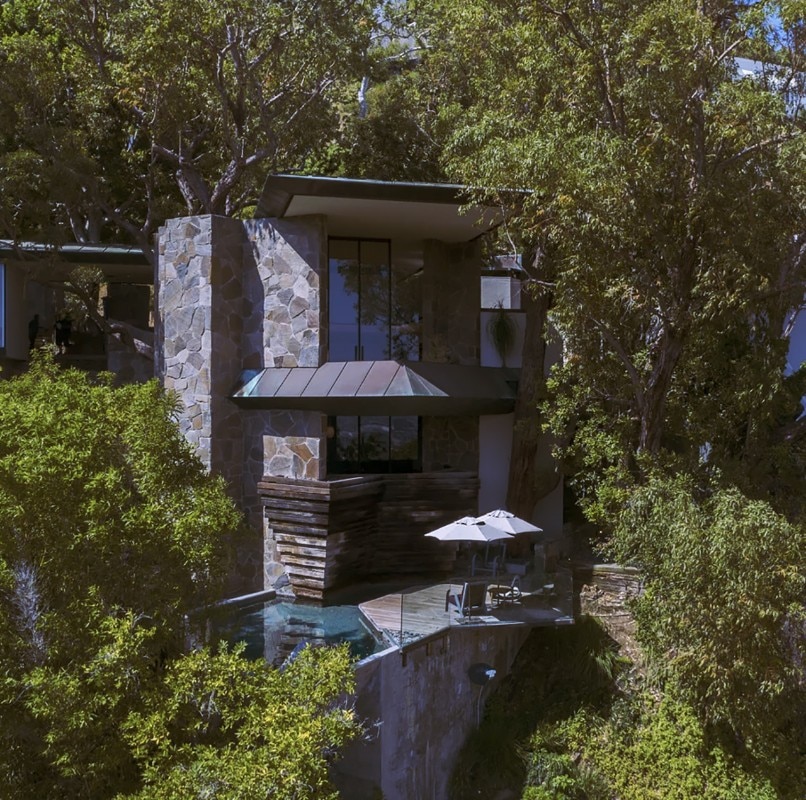Frank Lloyd Wright was one of the figures who most impacted the American architecture culture in the 1900s. One of the reasons was undoubtedly the presence of The School of Architecture founded by the American architect in Taliesin. Here, students were trained under the guidance of the master of Organicism, learning not only a way of practicing architecture but a way of looking at space between nature and the built environment.
In this context, through the Taliesin Fellowship, John Lautner was educated.
During the past century, Lautner became one of the leading American exponents of architecture, in constant exploration, visionary in its geometries, and in imagining new domestic spaces. His houses’ organic and futuristic forms dotted the Southern Californian territory, where the architect worked for more than fifty years, seeking a harmonious relationship between nature, topography, and design.
The figure of Lautner has thus found great resonance among historians and mass culture. His critical fortune was across the board, from Bruno Zevi to Henry-Russell Hitchcock, who identified operational autonomy and excellent refinement in his architecture. Even the most contested works of his early period were later reevaluated by figures such as Robert Venturi, who cited their fertility in his celebrated Learning from Las Vegas. Over the years, also Domus magazine has chronicled the American Master, as visible in some of the projects from the Domus Digital Archive.
At the same time, many of Lautner’s homes have been film sets over the years, bringing the scenic spaces of his houses into films such as James Bond or The Big Lebowski.
John Lautner's 'Chemosphere' (1960) in GTA V and as Troy McClure's house in the Simpsons. pic.twitter.com/46lCHvpREx
— Theo Inglis (@Theo_Inglis) March 5, 2017

The Pipe collection, between simplicity and character
The Pipe collection, designed by Busetti Garuti Redaelli for Atmosphera, introduces this year a three-seater sofa.
























